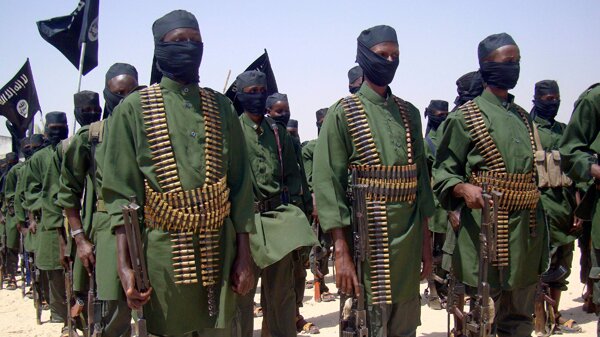
A Kenyan passport officer arrested Suaad Hagi Mohamud, saying her lips were unlike those in the passport photo. - NICK WADHAMS FOR THE TORONTO STAR
— On the face of it, Suaad Hagi Mohamud’s upper lip is thicker, her complexion lighter and the cheeks slightly sunken – a change from her passport photograph.
But look again, closely.
Facial recognition experts analyzed and measured a half-dozen photos of Mohamud from different years and concluded that it’s almost certainly the same person.
“The bone structure doesn’t usually change after puberty. In this case, it is consistent,” said Cathy Mondloch, professor of psychology at Brock University and an expert in facial recognition. “I’m quite sure it’s the same person.”
Mondloch adjusted all the photos to the same size, height and angle. She then measured the distance between the eyes, eyebrows and two ends of the mouth.
Check. Check. Check.
She also measured the length of the face in all photos.
Check.
It’s not enough to bring Mohamud home to Toronto, but the 31-year-old mother, who has been marooned in Nairobi for three months, says it vindicates her.
“I’ve lost weight but that is me (in the photos),” she said from Nairobi yesterday. “DNA will prove it.”
Her ordeal started May 21 at Nairobi’s airport as she was about to return to Toronto. She was detained for not looking like her four-year-old passport photo and thrown in jail. The Canadian High Commission in Nairobi called Mohamud an imposter, cancelled her passport and recommended prosecution.
Days later, the Canadian government bowed to pressure and agreed to do a DNA test, asking Kenyan authorities to delay criminal proceedings until the results came. Mohamud’s DNA, and that of her son and husband, was taken last week and results are expected soon.
When Mohamud was stopped at the airport, an airline official said her lips didn’t match those in the passport photo. Mondloch says Mohamud’s upper lip is thicker now, but the bottom lip is full and appears the same in all photos. “It’s tough to compare a three-dimensional, moving lip with a static one in the photo,” said Mondloch.
Examining the photos, Mondloch says she was struck by the fact that the eyebrows, eyes and nose hadn’t changed in years. “But her face is definitely more sophisticated now.”
Weight loss is one explanation for a change in appearance but external factors like a head scarf, hairstyle, piercings or makeup can throw people off, said Jim Tanaka, a psychology professor at the University of Victoria, also an expert in facial recognition.
“Even glasses can change your look, but the whole key (to the face) is the structure,” he said. “I couldn’t say categorically it’s the same person, but the structure hasn’t changed and that’s compelling.”
The “other race effect” can play a role in recognition, or vice versa, said Tanaka. “We are good at (recognizing) faces we see every day or in our own race.”
The KLM airline official who stopped Mohamud was also black. He is Kenyan, while she’s an ethnic Somali.
Tanaka wondered what kind of “identity judgment” training people in such positions receive. “You have to disregard external paraphernalia and focus on the structure,” he said.
But if confusion persists, Tanaka suggests taking a new photo of the person whose face has changed and comparing it with the old one.
WestJet airline officials say if a traveller looks significantly different from the passport photo, officials ask for another piece of ID.
“We know appearances can change, especially if you colour hair or lose weight,” said spokesman Robert Palmer. “That’s when names (and their spellings) are critical.” There is no special training involved, he added.
Mohamud showed at least five pieces of ID, including a health card and her driver’s licence, when she was stopped at the Nairobi airport.
Palmer remembers an instance when someone in the middle of a sex change was stopped from boarding because the face didn’t match the photo. Multiple IDs and close scrutiny helped in that case.
“Sometimes you have to use your discretion, too,” said Palmer. “You have to look at different ways of matching a face with photos. But if names also don’t match, then there’s big trouble for sure.”
Sgt. Tim Burrows of Toronto Police Traffic Services compares dozens of faces with pictures on driver’s licences every week. “If it’s not the same person, it’s mostly quite obvious,” he said. Even if someone grows a beard or a moustache, there are several key features that don’t change, he said.





